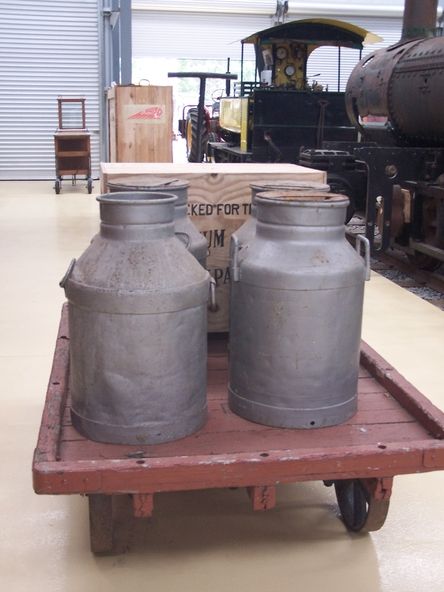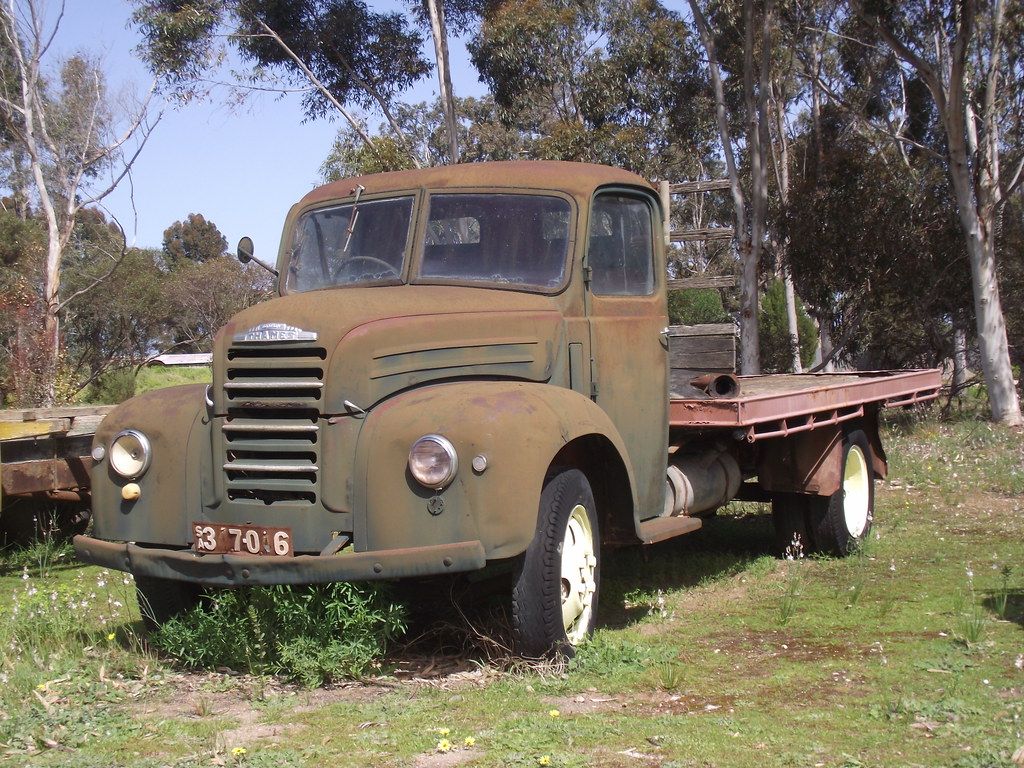Porter gaffe

Poor Allan. Skylarking on the train to work, falls off and breaks his leg.
Perhaps he was trying to catch the eye of some winsome young thing by leaping about with acts of bravado.
*The Argus, 28.04.1939, page 1
PORTER INJURED
While Allan Bernard Campbell, aged 22 years, porter, of Nicholson street, Fitzroy, was travelling yesterday afternoon on a train from Dennis to Eaglemont, where he intended to begin duty, he fell to the permanent way at Alphington and suffered a slight fracture of the leg. After treatment at Prince Henry's Hospital he was allowed to return to his home pending further surgical treatment.
*
Did the Employee Benefits for Weekly Paids in Victorian Railways in 1939 cover journey accidents on the way to work.
Now that we know the hapless Allan received medical treatment at hospital and was sent home to convalesce we can turn our attention to a more interesting railways matter.
What did a porter do at Eaglemont Station ?
In 1939 Eaglemont Station was a weatherboard hut sitting on the northern side of a single rail line. There were no sidings for goods carriages to be shunted into for loading and unloading.
The trains could only occupy the line until the next Up or Down train needed the track.

One imagines our Allan had a platform trolley and a hand cart (a.k.a. a sack truck) and worked feverishly to unload and load parcels with the assistance of the train guard.
Dedicated Goods Trains did run on the line daily, following along behind the increasingly important passenger services.
Did Gillies Eaglemont Dairy send "bulk" milk in churns up and down the line to....Milk Bars? Mind your back, Allan!
How did the Austin and Mont Park Hospitals get their fresh produce?
After WW2 there was a major shift over to road transport. Men and women had been trained to drive and maintain vehicles during the war.
Post-war there were thousands of surplus military vehicles, planes and demobilised personnel looking for work.
The massive wartime vehicle and engine manufacturing capacity turned to peacetime production.
This spelled the end of horse-drawn transport on roads and farms.
The flexibilty of the motor vehicles on a road network to businesses' & peoples' doors made serious impacts on the expensive, rigid train network - as loved as it was.
Did our Allan, born in 1917, get to retire at age 65 in 1982, from the Victorian Railways? Unlikely.

Member discussion